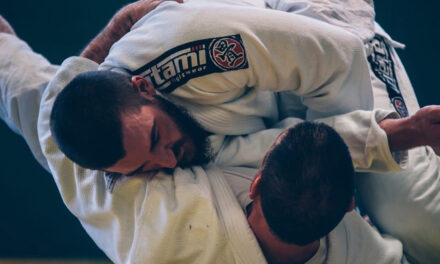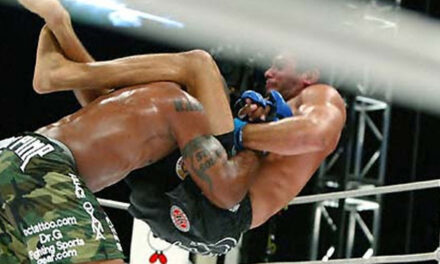Training in any sport when you are over 40 can be very hard on the body, here are some tips to help you prevent injuries while practicing BJJ over 40 years old.
- Warm up: This is the most obvious tip but not everybody does it, but you should always start your training session with a proper warm-up routine. This helps prepare your muscles, joints, and cardiovascular system for the physical demands of BJJ. Incorporate dynamic stretches, mobility exercises, and light cardio activities to increase blood flow and warm up your body.
- Focus on technique: Emphasise proper technique over relying on brute strength. Technique allows you to perform movements efficiently and with less strain on your body. Work closely with your instructor to learn and refine your technique, paying attention to details such as body alignment, leverage, and weight distribution.
- Listen to your body: Pay attention to any pain or discomfort during training. If something feels off or if you experience sharp pain, it’s important to stop and assess the situation. Pushing through pain can lead to further injury. Take breaks when needed and give yourself time to rest and recover.
- Gradual progression: Progress in BJJ should be gradual. Avoid overtraining or pushing yourself too hard too soon. Allow your body time to adapt and build strength, endurance, and flexibility. Progress at a pace that suits your abilities and gradually increase the intensity and duration of your training sessions.
- Cross-training and conditioning: Engage in supplementary exercises and conditioning routines to strengthen your body for BJJ. Focus on core strength, functional movements, and exercises that target the muscles and joints used in BJJ. Additionally, incorporating activities such as yoga, Pilates, or strength training can help improve flexibility, balance, and overall physical fitness.
- Tap early and communicate: In BJJ, tapping is a way to signal that you are caught in a submission or in a position where you are at risk of injury. Ego can prevent many people from tapping, especially when rolling with a lower belt or somebody much younger, but you shouldn’t hesitate to tap when necessary to prevent injury. Additionally, communicate with your training partners about any pre-existing injuries or concerns you may have. Open communication helps create a safe training environment for everyone.
- Use proper protective gear: Invest in high-quality protective gear such as a well-fitting mouthguard, supportive knee pads, and finger tape. These can help reduce the risk of common injuries in BJJ, such as dental injuries, knee strain, and finger sprains.
- Recovery and rest: Allow yourself sufficient time for rest and recovery between training sessions. Your body needs time to repair and rebuild after intense physical activity. Prioritize sleep, proper nutrition, and relaxation techniques to optimize your recovery.
- Stay hydrated: Maintain proper hydration before, during, and after training. Dehydration can affect your performance and increase the risk of muscle cramps and injuries. Drink water regularly and consider electrolyte replenishment for longer or more intense training sessions.
- Seek professional guidance: If you have any pre-existing medical conditions or concerns, it’s always advisable to consult with healthcare professionals, such as a sports physician or physical therapist. They can provide tailored advice and exercises to address your specific needs.
Remember, injury prevention is an ongoing process that requires a combination of awareness, proper technique, and self-care. By implementing these strategies and being mindful of your body’s signals, you can reduce the risk of injuries and enjoy a safer and more fulfilling journey in BJJ.















